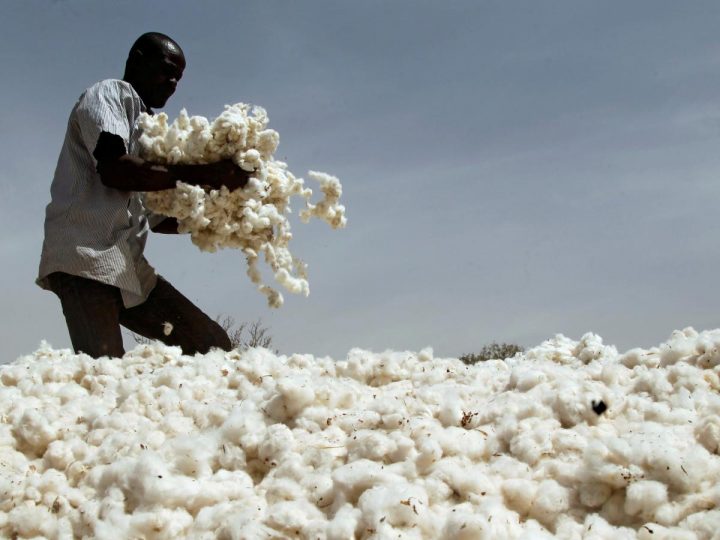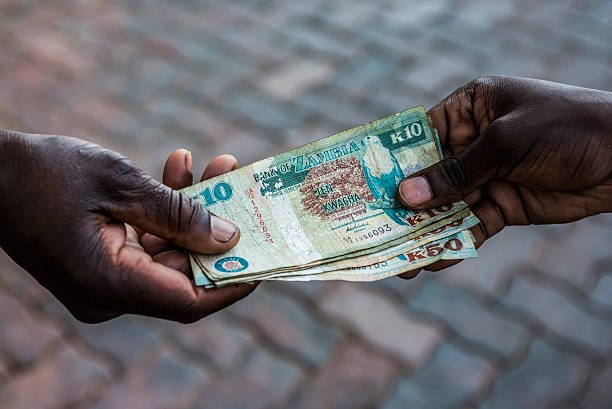• It is probably the type of seed used and also the chemicals that farmers are applying.
• The other reason is price, because the price of cotton compared to other commodities has not been fairly competing.
• The Board is targeting to bring in more than US$120 million in FOREX in the next five years.
Cotton is one of the most important textile fibers in the world, averaging about 25 percent of total world fiber use.
The United States is the world’s third-largest cotton producer and the leading cotton exporter, accounting for one-third of global trade in raw cotton.
In Zambia, Cotton is one of the most important crops and remains vital for the country’s economic growth. It is also a key source of income for 300,000 smallholder farmers, notably in Eastern Province, where farmers have adopted and embraced cultivation of the crop in recent decades.
Zambia produces about 55,000 metric tons of raw cotton each year and after processing, it exports most of its raw lint without adding any value.
According to International Institute for Environment and Development, cotton means money for school fees, food, fertiliser and other household necessities as it is one of the few cash crops grown in the country.
It is also an important source of income for the investors. Using a contract farming model, cotton companies invest in farmers by providing inputs such as fertilizers and seeds on credit, expecting the farmers to sell back all of their cotton exclusively to them, so that their processing facilities can operate profitably.
However, production of the crop has reduced from 100,000 tons in the last 8 years to 25,000 tons during the last cotton season.
And Cotton Board of Zambia has attributed the reduction in cotton yields to climate change which has impacted the sector badly.
Speaking in an interview with Money FM News, Board Chief Executive Officer Sunduzwayo Banda said Cotton is a 180 day crop, therefore if it receives less than 600 milliliters of rainfall, it doesn’t yielded the expected fiber quality.
Mr. Banda added that the other reason that could have caused the low cotton output is the price at which the crop is being sold as well as seed used.
“Secondly, it is probably the type of seed we were using and also the chemicals that farmers are applying, they use what we call generic chemicals. They are cheap so our farmers opt to buy the cheap ones and the other reason is price, so price has really affected us, because the price of cotton compared to other commodities has not been fairly competing. If you look at soya beans, farmers ought to grow soya beans than cotton,” Mr. Banda noted.
He however said industry players are slowly trying to stabilize prices as well as the services that the farmers are receiving because there was a gap between the farmers and the ginners, who are providers of the inputs, therefore the Board is working out modalities to try and close the gap.
And Mr. Banda revealed that the Board is in the process of reviewing the Cotton sector Act to allow for inclusion of concerns of other stakeholders in order to have a better cotton industry.
“I think there was a gap between the farmers and the providers of the inputs which are the ginners, so we are trying to close that gap. That doesn’t mean we are not doing anything because we are also in the process of reviewing our Act to allow for inclusion of concerns of other stakeholders.”
“We are hoping that when the Act addresses issues of gender equality, issues of pricing, if it addresses issues to do with extension services, organization of markets and provision of inputs, we will have a better cotton industry,” he stated.
Meanwhile, Mr. Banda disclosed that the Board is targeting to bring in more than US$120 million in Foreign Exchange (FOREX) in the next five years so as to create over 10, 000 jobs in a given season.
“Otherwise the biggest hope for us is that we can create over 10, 000 jobs in a given season, and if we look at the next five years or so, we are targeting to bring in more than US$120 million in FOREX. So that for me is a good hope for the future because if we bring in US$120 million it then means that we have the potential to create more than 10, 000 jobs in the next three years or so,” Mr. Banda explained.







